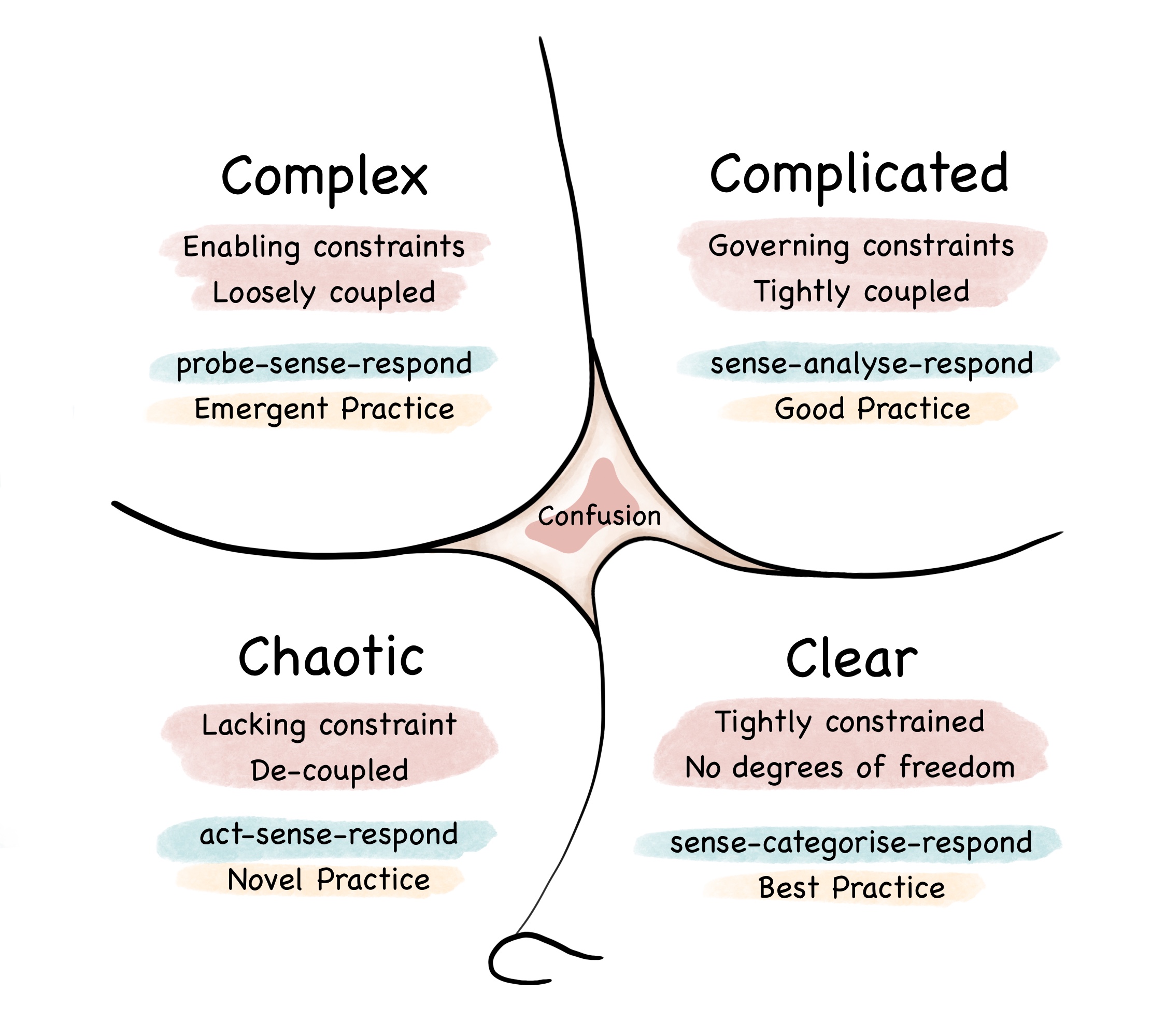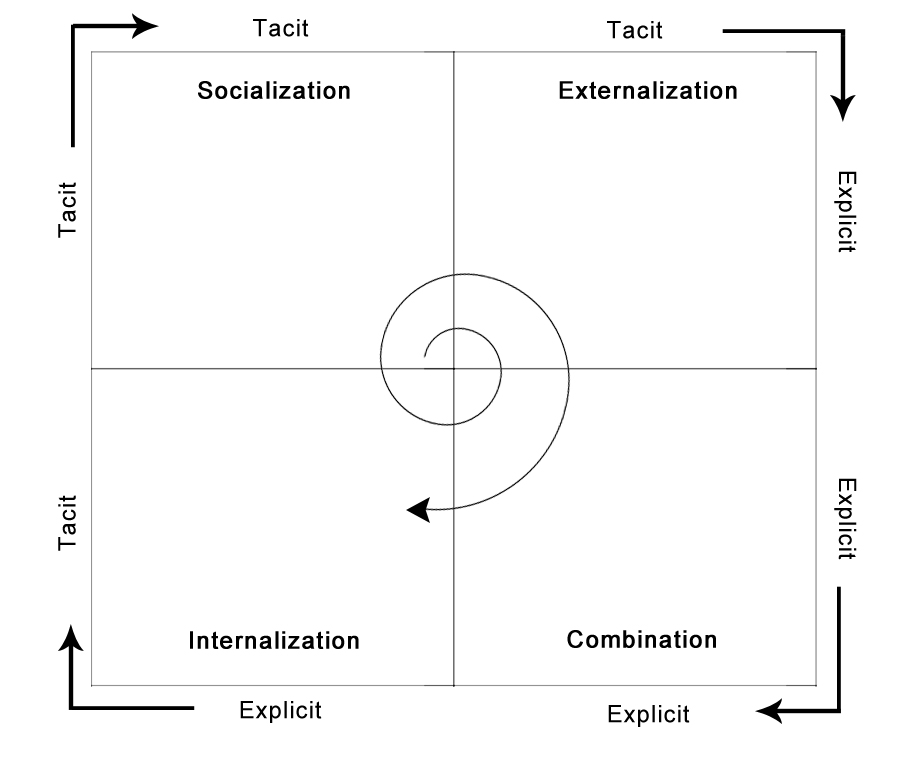|
I-Space (conceptual Framework)
The Information Space, or I-Space was developed by Max Boisot as a conceptual framework relating the degree of structure of knowledge (i.e. its level of codification and abstraction) to its diffusibility as that knowledge develops. This results in four different types of knowledge. * Public knowledge, such as textbooks and newspapers, which is codified and diffused. * Proprietary knowledge, such as patents and official secrets, which is codified but not diffused. Here barriers to diffusion have to be set up. * Personal knowledge, such as biographical knowledge, which is neither codified nor diffused. * Common sense – i.e. what ‘everybody knows’, which is not codified but widely diffused. The I-Space model is commonly shown as a cube with three axes: abstraction, codification and diffusion. A social learning cycle is drawn, showing how as knowledge is increasingly moved from concrete experiential Zen type knowledge to codified highly abstract (expert language etc.), wher ... [...More Info...] [...Related Items...] OR: [Wikipedia] [Google] [Baidu] |
Max Boisot
Max Henri Boisot (11 November 1943 – 7 September 2011) was a British architect and management consultant who was professor of Strategic Management at the ESADE business school in Barcelona. known for his ideas about the information economy, the I-Space (conceptual framework), Information Space, social capital and social learning theory. Biography Boisot was born in Maidenhead, Berkshire, England, the son of Marcel Boisot and Hélène Cordet. He attended Gordonstoun boarding school in Moray, Scotland, and later studied architecture at the University of Cambridge and city planning at the Massachusetts Institute of Technology, before taking his PhD in technology transfer at Imperial College London. After working as a manager for construction firm Trafalgar House, in 1972 Boisot co-founded an architectural partnership, Boisot Waters Cohen, and from 1975 to 1978 acted as a consultant on projects in France and the Middle East. from 1983 to 1989, he was Director and Dean of China Eur ... [...More Info...] [...Related Items...] OR: [Wikipedia] [Google] [Baidu] |
Cynefin
The Cynefin framework ( ) is a conceptual framework used to aid decision-making. Created in 1999 by Dave Snowden when he worked for IBM Global Services, it has been described as a "Sensemaking, sense-making device". ''Cynefin'' is a Welsh language, Welsh word for ''habitat''. Cynefin offers five decision-making contexts or "domains"—''clear'' (known as ''simple'' until 2014, then ''obvious'' until being recently renamed), ''complicated'', ''complex'', ''chaotic'', and ''confusion''—that help managers to identify how they perceive situations and make sense of their own and other people's behaviour. The framework draws on research into systems theory, Complexity theory and organizations, complexity theory, network theory and Learning theory (education), learning theories. Background Terminology The idea of the Cynefin framework is that it offers decision-makers a "sense of place" from which to view their perceptions. ''Cynefin'' is a Welsh word meaning ''habitat'', ''haunt'', ... [...More Info...] [...Related Items...] OR: [Wikipedia] [Google] [Baidu] |
SECI Model Of Knowledge Dimensions
The SECI model of knowledge dimensions (or the Nonaka-Takeuchi model) is a model of knowledge creation that explains how tacit and explicit knowledge are converted into organizational knowledge. The SECI model distinguishes four knowledge dimensions (forming the "SECI" acronym): Socialization, Externalization, Combination, and Internalization. The model was originally developed by Ikujiro Nonaka in 1990 and later further refined by Hirotaka Takeuchi. Four modes of knowledge conversion Assuming that knowledge is created through the interaction between tacit and explicit knowledge, four different modes of knowledge conversion can be postulated: from tacit knowledge to tacit knowledge (''socialization''), from tacit knowledge to explicit knowledge (''externalization''), from explicit knowledge to explicit knowledge (''combination''), and from explicit knowledge to tacit knowledge (''internalization'').Nonaka, Ikujiro; Takeuchi, Hirotaka (1995), The knowledge creating company: how ... [...More Info...] [...Related Items...] OR: [Wikipedia] [Google] [Baidu] |

